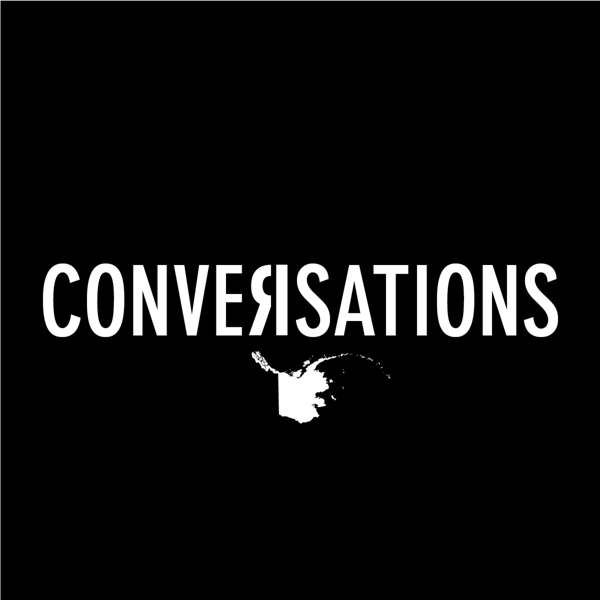Chatter Marks EP 64 A responsibility to be optimistic about the future with Mary Mattingly
Crude Conversations
crudemag
5 • 884 Ratings
🗓️ 17 June 2023
⏱️ 81 minutes
🧾️ Download transcript
Summary
Transcript
Click on a timestamp to play from that location
| 0:00.0 | I'm mostly interested in the process of the art as it evolves and becomes something else. |
| 0:18.0 | It's usually not what I intended it to be. |
| 0:22.0 | And yeah, so I think that's where it's learning. |
| 0:24.8 | And I think I'm also really excited about the idea that a project could go on after |
| 0:32.2 | I'm not involved with it anymore and it just has a life of its own. |
| 0:37.9 | That's really what drives me. |
| 0:39.9 | So maybe less the message because I know that will always be changing and the parameters |
| 0:46.5 | of what the message could be will always be changing to like definitions of what's |
| 0:53.6 | right and wrong or sort of changing all the time in a way too. |
| 0:59.8 | So yeah, I think I'm hopeful that or I'm inspired by projects that continue to change |
| 1:08.5 | with their time and don't need the initiators to keep going and to be to keep being relevant |
| 1:15.0 | and moving to people. |
| 1:17.8 | That was Mary Mattingley. |
| 1:20.0 | She's an interdisciplinary artist who builds sculptural ecosystems that address human consumption |
| 1:25.2 | and resilience with an underlying theme of how they might play into our ability to preserve |
| 1:31.0 | through catastrophic events. |
| 1:33.9 | Two of her past projects, Waterpod and Swale were barges that periodically docked in certain |
| 1:40.3 | areas of New York City. |
| 1:43.2 | Both depended on a level of nomadism and self-sufficiency. |
| 1:48.2 | She describes Waterpod as a self-sufficient living space on the water. |
| 1:52.4 | That was a shelter, grew its own food, cleaned its own water, and was also a space where |
| 1:58.5 | she could make artwork. |
... |
Please login to see the full transcript.
Disclaimer: The podcast and artwork embedded on this page are from crudemag, and are the property of its owner and not affiliated with or endorsed by Tapesearch.
Generated transcripts are the property of crudemag and are distributed freely under the Fair Use doctrine. Transcripts generated by Tapesearch are not guaranteed to be accurate.
Copyright © Tapesearch 2025.

